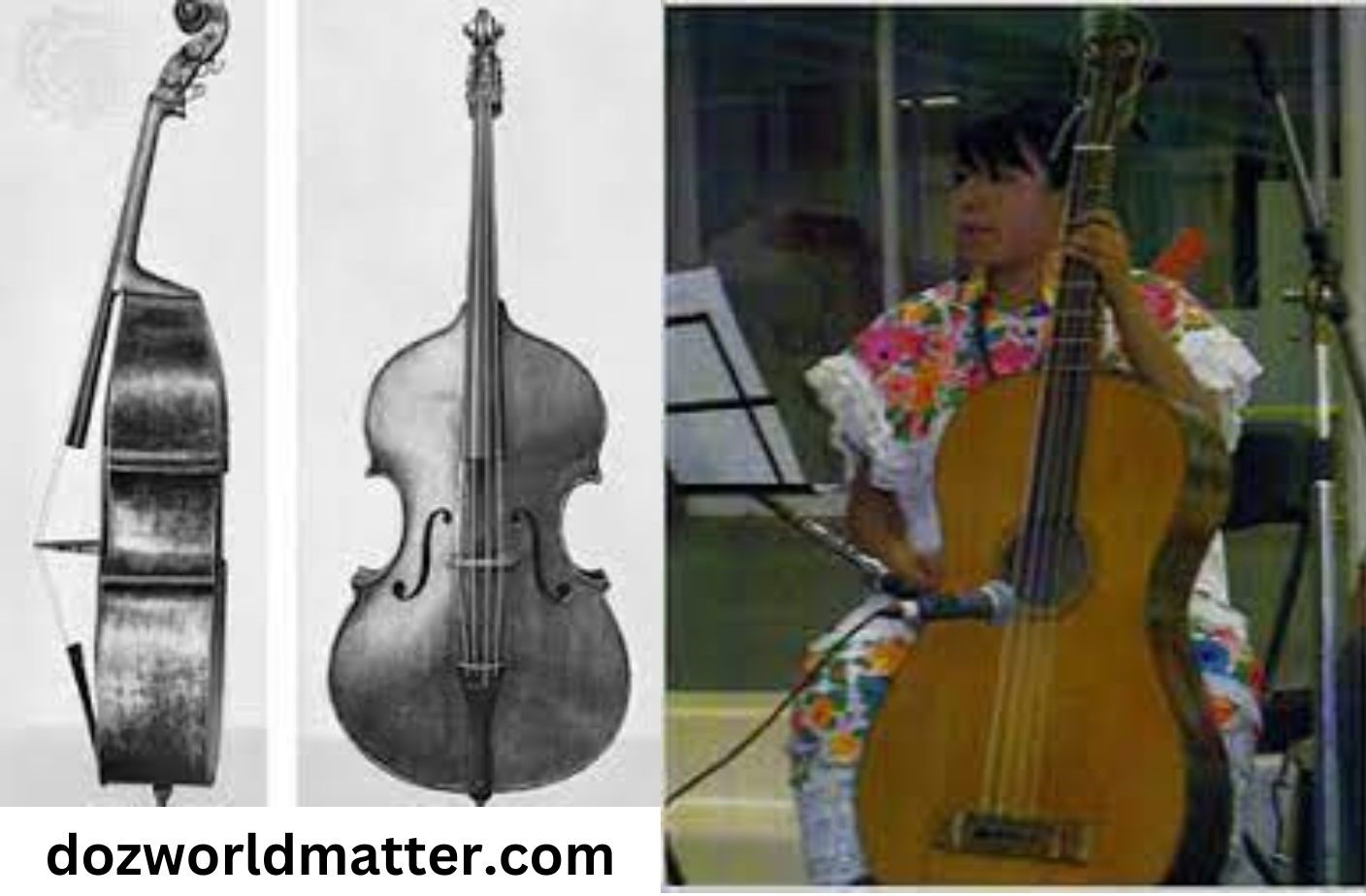The Journey Begins
As an electric bass player, the thought of venturing back into the world of acoustic instruments after 11 years felt both nostalgic and intimidating. My musical journey had been deeply rooted in the electrified sounds of modern music, yet a part of me yearned for the authentic, raw acoustic experience. This yearning became particularly pronounced as I encountered a few “acoustic only” venues. The need for an acoustic instrument that could deliver the depth and warmth required by these settings led me on a quest that eventually introduced me to the tololoche.
Discovering the Tololoche
The tololoche is an instrument that, until recently, was a mystery to me. My search began when I found a seller an hour away offering what they referred to as a tololoche for under $400. A dive into the internet provided a basic understanding: the tololoche is akin to a 1/2 upright bass, traditionally tuned from A to C. This initial discovery sparked a mix of excitement and skepticism within me. Could this instrument bridge the gap between my electric roots and the acoustic demands of certain venues?
The Electric to Acoustic Transition
Transitioning from electric to acoustic instruments poses a unique set of challenges and considerations. The tactile feel, the method of sound production, and even the physical engagement with the instrument differ significantly. The prospect of adapting to the tololoche after years of playing electric bass brought these considerations to the forefront. Moreover, the tuning difference presented a potential hurdle. The standard tuning of A to C on the tololoche deviates from the E to G tuning I was accustomed to. The question loomed: could I adapt the tololoche to suit my needs without compromising its integrity or playability?
Structural Nuances and Adaptability
The tololoche, with its resemblance to a 1/2 upright bass, raised questions about its structural and functional differences. My primary concern was whether tuning it down from its traditional A-C to E-G would affect its structural integrity or require significant modifications. Understanding these differences was crucial not only for the instrument’s playability but also for ensuring that the transition would not necessitate a complete overhaul of my playing technique.
ALSO READ: Mastering the Game: The Rise of the Try-Hard in Competitive Play
Practical Considerations
The price point of the tololoche suggested it might be a mass-produced instrument, raising questions about its quality and authenticity. The sale’s location in the US added another layer of complexity, suggesting it might be a 1/2 bass repurposed as a tololoche. This ambiguity highlighted the importance of a thorough evaluation before making a purchase. What should one look for when distinguishing between a genuine tololoche and a repurposed 1/2 bass? How can one identify potential red flags indicating poor quality or structural issues?
Inspection and Evaluation
Preparing to inspect the instrument, I armed myself with a checklist of what to look for. Key aspects included the quality of the wood, the integrity of the joinery, the condition of the strings and bridge, and any signs of wear or damage that could affect the instrument’s sound or durability. Additionally, understanding the specific modifications or setups required to achieve the desired tuning without compromising the instrument’s character was essential.
The Verdict
The exploration of the tololoche as a potential bridge between my electric roots and the acoustic demands of certain venues was an enlightening journey. It underscored the importance of understanding an instrument’s structural and functional nuances, as well as the need for careful evaluation before making a purchase. The transition from electric to acoustic playing, especially with an instrument as unique as the tololoche, presents a blend of challenges and opportunities for musical growth and exploration.
Embracing Acoustic Mastery
The quest for an acoustic instrument that could meet the specific needs of “acoustic only” venues led me to rediscover the beauty and complexity of acoustic music. The tololoche, with its rich history and unique sound, offers a fascinating option for electric players looking to expand their musical horizons. Whether adapting the instrument to fit conventional tuning preferences or embracing its traditional setup, the journey towards acoustic mastery is filled with opportunities for personal and musical development.
Final Thoughts
The decision to explore the tololoche as an acoustic option has been a journey of discovery, adaptation, and appreciation for the nuances of musical expression. For electric players considering a foray into the acoustic realm, the tololoche represents a unique blend of tradition and versatility. As I prepare to incorporate this instrument into my repertoire, I am reminded of the endless possibilities that await in the world of music. The tololoche is not just an instrument; it is a gateway to exploring the depths of acoustic mastery, a testament to the enduring allure of authentic musical expression.
In conclusion, the transition from electric to acoustic, particularly with an instrument as distinctive as the tololoche, is a journey worth embarking on. It challenges and enriches, pushing boundaries and opening new avenues for creative exploration. For those willing to delve into the acoustic world, the tololoche offers a unique and rewarding path to musical discovery.
